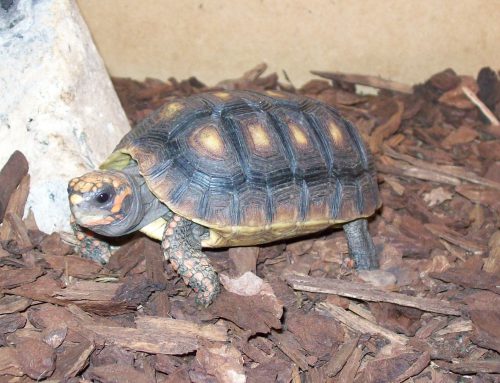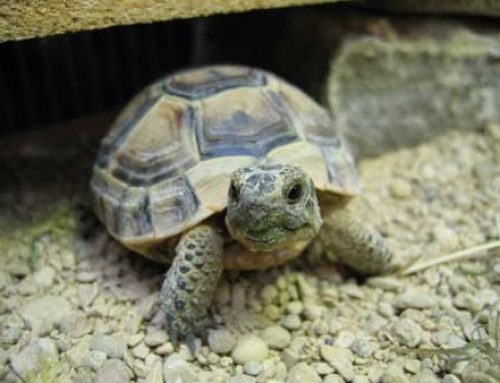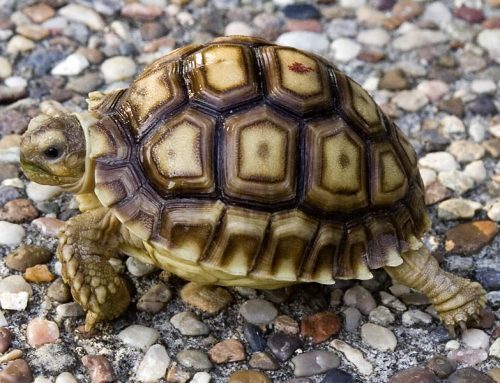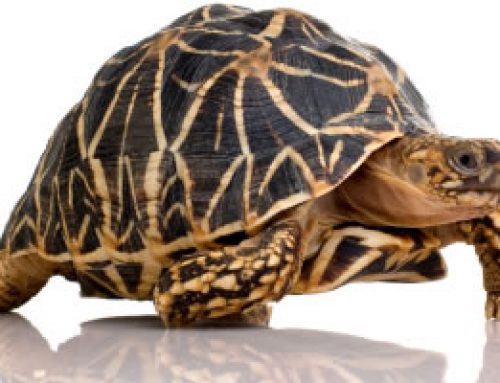The Hermans Tortoise is arguably the most popular tortoise species in the hobby. They are found in Southern Europe, although they are captive bred in massive numbers in Europe and America. They are strictly governed and require paperwork from cites for each individual. Colouration varies from light brown through tan and even as pale as straw coloured, with each scute of the shell having dark brown to black marks. They grow to around 20 centimtres in length and can live for over 40 years. Their habitat in the wild consists of arid scrubland in Greece and much of the Mediterranean full of grasses and shrubs intersparsed with rocky outcrops and sandy soil.
Hermans are a good pet species and can become quite personable, often coming towards you for attention or food. They are also able to spend the hottest days of summer outside during the day provided they are supervised (in a secure pen so they can’t escape). They can be hibernated over winter but its not beneficial for this particular species.
Hermans Tortoise Vivarium
Hermans like it hot, preferably around 28 to 30 degrees Celsius, with a spot bulb heated to around 40 degrees with the temperature regulated using a thermostat. Humidity is unimportant as long as there is a constant supply of fresh drinking water. A weekly bath is also beneficial, and should be warmed up and filled to around 4 inches in depth for an adult and less for younger examples. A 10.0 UVB tube should be provided and rocks for decor with some driftwood or java wood along with some live plants such as hebe or grasses. These should ideally be kept singly as males can become quite aggressive in the breeding season and will relentlessly harass any females. Tortoise tables are not recommended as the Hermans Tortiose may suffer from any draughts. A large vivarium is best suited, at around 4 foot by 2 foot floor size, height is not important but an advised height of around 18 to 24 inches is best for the Hermans Tortoise to allow good air movement.
Hermans Tortoise Feeding
Feed these on a diet of strictly vegetables and flowers, dandelions are relished, both flowers and leaves, but the stems are bad for them due to the sap. Kale, cabbage, grated carrots, brocolli and peas are all accepted and some retailers can provide a dry food specifically formulated for Tortoises along with herbal treats and many ‘garden plants’ such as snapdragons (antirrhinum), petunias, geraniums and grass will all be taken.
For any further information, or if you would like to purchase a Herman’s Tortoise then please contact us





